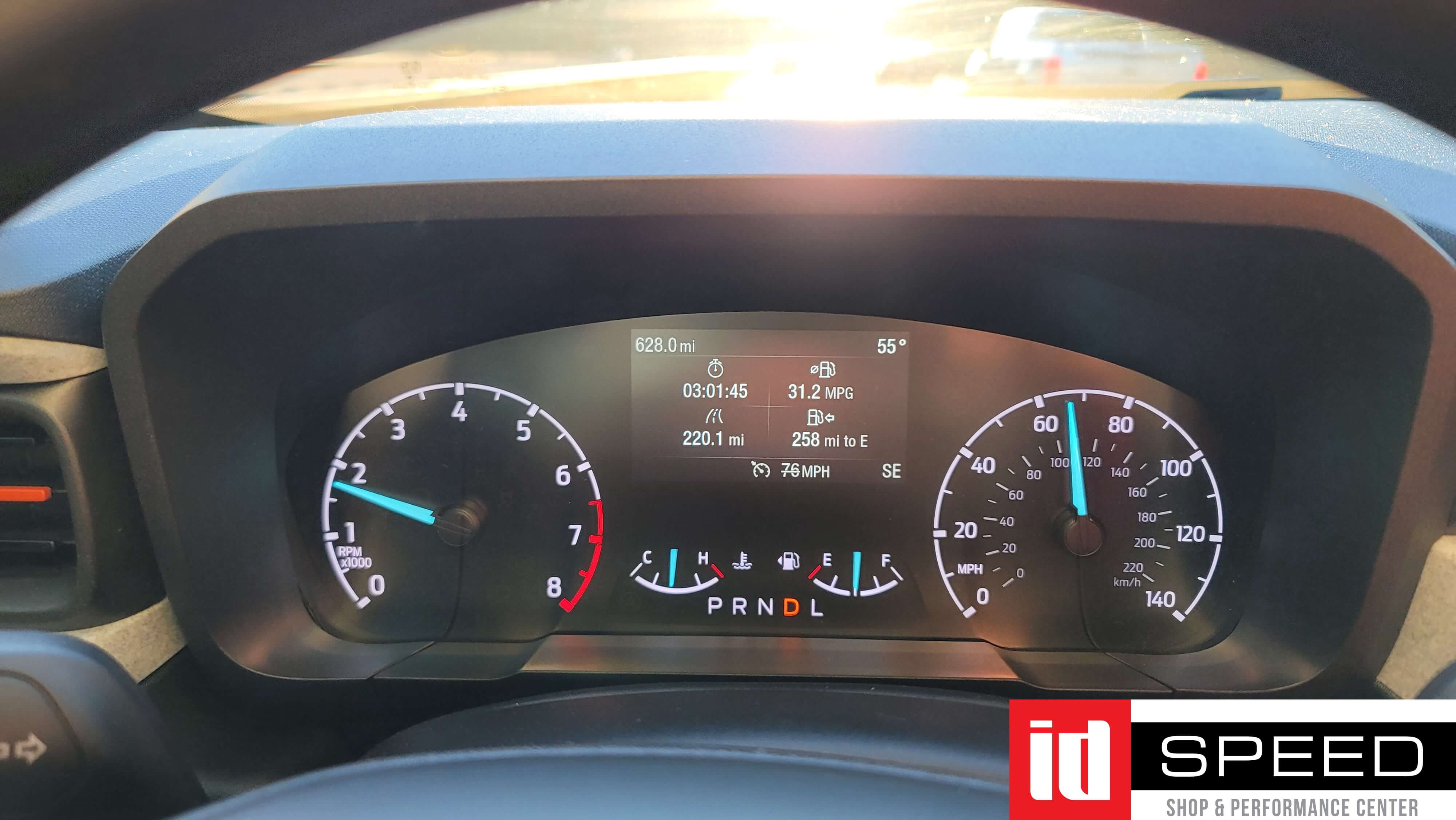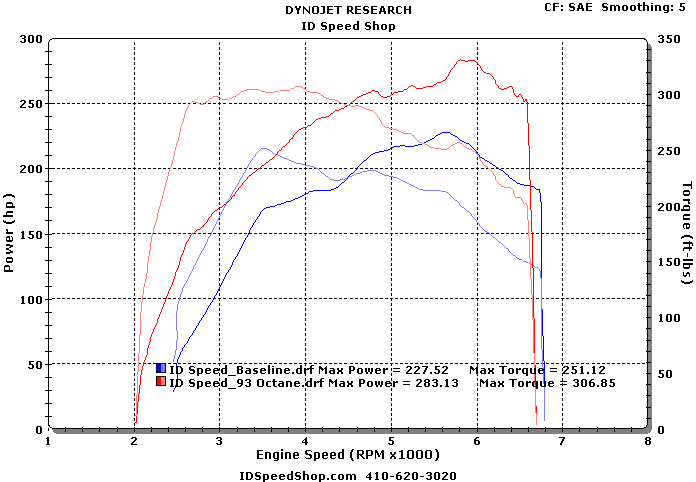Tuning the 2.0L EcoBoost will offer gains of about 50-60whp with no other upgrades. Improvements in torque of 70-100 to the wheels. These are excellent and safe gains for a tune only. The higher end of the power gains will be for those running 93 octane or even E85 blends.
What's more impressive is using Ford Adjust Octane Logic, which can be included in your tune.
What is Ford's Octane Adjust Ratio logic aka OAR and what does it do?
As Ford introduces new Ecoboost vehicles to their lineup, some of our customers are new to
Ecoboost and have a lot of the same questions we heard a few years ago. As the Ford Maverick,
Bronco Sport, Bronco, and other vehicles hit the market we want to inform our customers of the
technology, how it works, and some of the benefits and features.
Each and every Ford Ecoboost vehicles uses a dynamic multiplier known as Octane Adjust Ratio.
Why do we need it?
OAR is very important when keeping engine safety in mind. Ford engineers spent countless hours
implementing this technology, so it only makes sense to continue to use it in our Flash Tune.
The control system in all Ford Ecoboost, as well as newer Naturally Aspirated vehicles, use
several dynamic modeling scenarios for airflow, load, temperature, and torque limiting. The
modeling strategies allow the vehicle to achieve consistent performance due to varying air
density, temperatures, and fuel quality. Calculations and inferred values are the basis behind all
engine control. OAR is another calculation, a multiplier, that allows the computer to infer an
octane number. The value is multiplied by various timing tables, and other multipliers, subtractors,
etc. which are then incorporated into the final ignition timing value. Like mentioned above, air
temperature, coolant temperature, density, and many other factors are compiled for a single
number.
How does it work?
Octane Adjust Ratio, the acronym being OAR, is a value that the Ford ECU uses to determine the
quality of fuel being used in the engine. The ECU determines this by the amount of detonation
that is detected at particular times of engine operation. The higher the intensity of detonation that
is detected, the larger the effect on the OAR value. OAR ranges from a value of “-1.00” (which
means the fuel is very good), to a value of “1.00” (which means the fuel is very poor). As more
detonation is detected, the ECU will slowly increment OAR toward the value of “1.00”.
For example:
If the OAR value is “-1.00”, and the corresponding value in the OAR compensation table is
“-4.00”, the ECU will add 4.00 degrees of timing in that region. -1.00 x -4.00 = 4.00
If the OAR value is “1.00”, multiplied by the same “-4.00” in the OAR compensation table, the
ECU will subtract 4.00 degrees of timing in that region. 1.00 x -4.00 = -4.00
So in the end, the better the fuel quality, the closer OAR is to “-1.00”, the higher the final ignition
timing value will be, resulting in more engine power output. The poorer the fuel quality, the lower
the final ignition timing, resulting in less engine power output.
The ECU will adjust for all fuel types, whether it's 87, 89, 91, 93 or even a mix of fuels and
ethanol. More on ethanol in another article later.
How is it used in ID Speed Shop Calibrations?
We utilize all of the factory OEM controls in our calibrations to offer the most advanced, powerful,
and emissions compliant programs available. For years we've tweaked and modified OAR, and
other strategies, to give you the most performance possible while keeping your vehicle completely
safe. We aggressively adjust the tuning if any knock or limits are reached to keep your vehicle
safe and performing well for years to come. The OAR value is stored in KAM (keep alive
memory).
So why choose a specific Octane tune, rather than Auto Adjusting?
Learning octane can take quite a few miles, drive cycles, and sometimes days. If you want instant
performance, you could install an 93 Octane, flex, E85 style tune and reset KAM.
By resetting KAM, you'll find this option on your tuning device, it will relearn the value. This is
important if you change tunes to a specific octane level tune, flex, etc. Again, upon resetting, it
can take quite a few miles to settle in. Which is one reason while a specific octane program is
preferred by some end users.
What can you expect from tuning?
Quicker throttle response.
Better overall and more useable power band for passing safely.
Much quicker acceleration.
Overall, fun to drive!

Our experience with Ecoboost, the 2.0L in other applications, makes us the choice for
upgrading your Ford Maveick. From the Bronco Sport, to the Ford Escape, and Focus
ST, we've had our hands on the 2.0L Ecoboost for years. The Maverick is no different,
safe and reliable power with no exceptions.
Please email us any pictures or videos of your tuned Maverick, we'd love to share.

Whether you are using an SCT or HP Tuners device, we have you covered.
Click here if you already have a Device
If you don't have a device, we can help with that also.
For HP Tuners Click Here!
For SCT Click Here!
We also have our complete Stage 1 Kit available. Check it out here!


